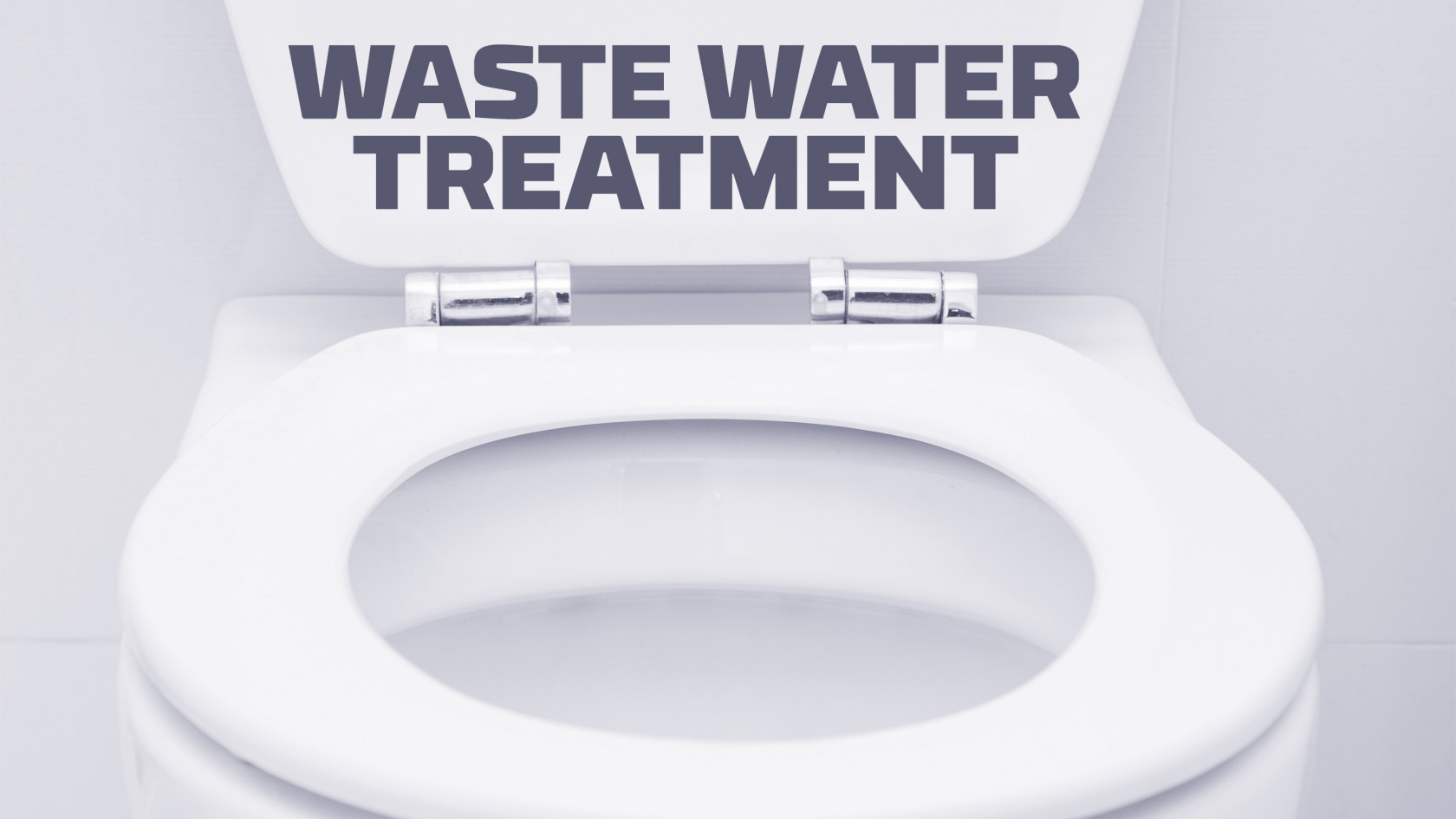Waste Water Treatment Using Electro Coagulation
Work in progress
Definitions
| Electrode | An electrode is a metallic contact through which the current can pass. |
| Total Suspended Solids (TSS) | Solids in contaminated water that can be trapped by filtration processes. |
| Colloids | Colloids are mixtures that have insoluble particles that are larger than a molecule but smaller than particles that can be seen with naked eye. |
| Turbidity |
Turbidity is the cloudiness or haziness of a fluid caused by suspended solids that are usually invisible to the naked eye. The more total suspended solids in the water, the murkier it seems and the higher the turbidity. Turbidity is considered as a good measure of the quality of water. |
| Sludge | Semi-solid material that is produced as a by- |
Electro Coagulation
Electro Coagulation is a process of separating impurities, hazardous chemicals and bacteria from contaminated or waste or dirty water to make it reusable again. The byproduct of this process is called sludge and can be disposed off or reused for other purposes.
Electrocoagulation is performed by applying an electric current across metal plates (electrodes) that are submerged in contaminated water.
Contaminated water consists of suspended particles called colloids. In contaminated water, these particles can be organic particles like germs, bacteria, algae, and inorganic particles like clay, silt or hazardous chemicals. Almost all colloids have negatively charged surfaces. These surfaces attract positive ions in the water to the colloid surface. These positive ions form a layer around the colloid.
Illustration of Water Electro Coagulation
Kit Ordered: https://www.makewater.org/storefront/coagulator
Excellent video demo: https://www.youtube.com/watch?v=VG7AZuZcRZI
This project is being developed as an open-source project with the following licensing:
- Software: GPL-3.0 - https://www.gnu.org/licenses/gpl-3.0.en.html
- Hardware, Design & other Intellectual Property: CC-BY-SA-4.0 - https://creativecommons.org/licenses/by-sa/4.0/


